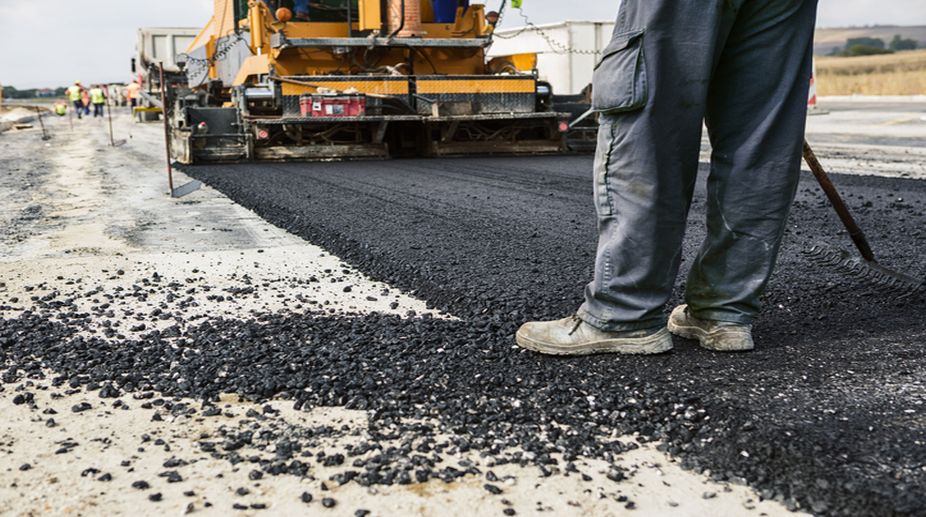The accident has been as extraordinary as one of the ghastliest in West Bengal’s recent memory. The number of the National Highway is not the central issue; the nub of the matter must be that the Durgapur Expressway has over the past few months incurred the dubious distinction of an inter-state death trap that connects West Bengal with northern India. So it was last Wednesday when a family of seven ~ travelling in their straight-from-the showroom Ciaz car ~ was wiped out when a speeding tanker, laden with molten tar, skidded off the highway at break-neck speed and collapsed on the car in the vicinity of Burdwan. The family was driven quicker to an excrutiating death than to their destination of Patna. To use the language of the metaphor, they were literally bathed in sizzling molten tar; an accident such as this might well be the first of its kind in Bengal or any other state. It matters little whether the Motor Vehicles Act is a piece of Central or state legislation. What matters most is the role of the peripheral district’s traffic police department, which alas has been found wanting. The nature of the mishap made rescue operations difficult, and for the six-year-old it was a terminal cry for help… from beneath the tar. Elementary rules of the highway would suggest that the tar-laden truck ought to have run along a different/designated lane, instead of following the track earmarked for passenger traffic. Indeed, transporting inflammable material and parking such tankers alongside the passenger track are now the norm rather than the exception. It thus comes about that loaded tankers carry oil, chemicals, hot bitumen consignments… even explosives. Indeed, the illegality spread has reduced the highways to hell, National Highway 2 being particularly vulnerable. The stretch between Dankuni and Panagarh, for instance, alone witnessed 44 fatal accidents over the past year.
High-minded lament over the need to impose speed restrictions is a horribly belated attempt to be wise after the event, notably the Chief Minister’s directive to the police to take stringent action for traffic violation. The fact of the matter, of which the police administration cannot be unaware, is that there aren’t any strict speed restrictions in place, let alone proper regulation of traffic, most particularly at inhospitable hours. Both the National Highway Authority of India and the state administration are said to be chewing over the proposal to reduce the speed limit from 100 km per hour to the 60-80 range. Enough have died and many more incapacitated, and a firm decision is now direly imperative.
Advertisement











